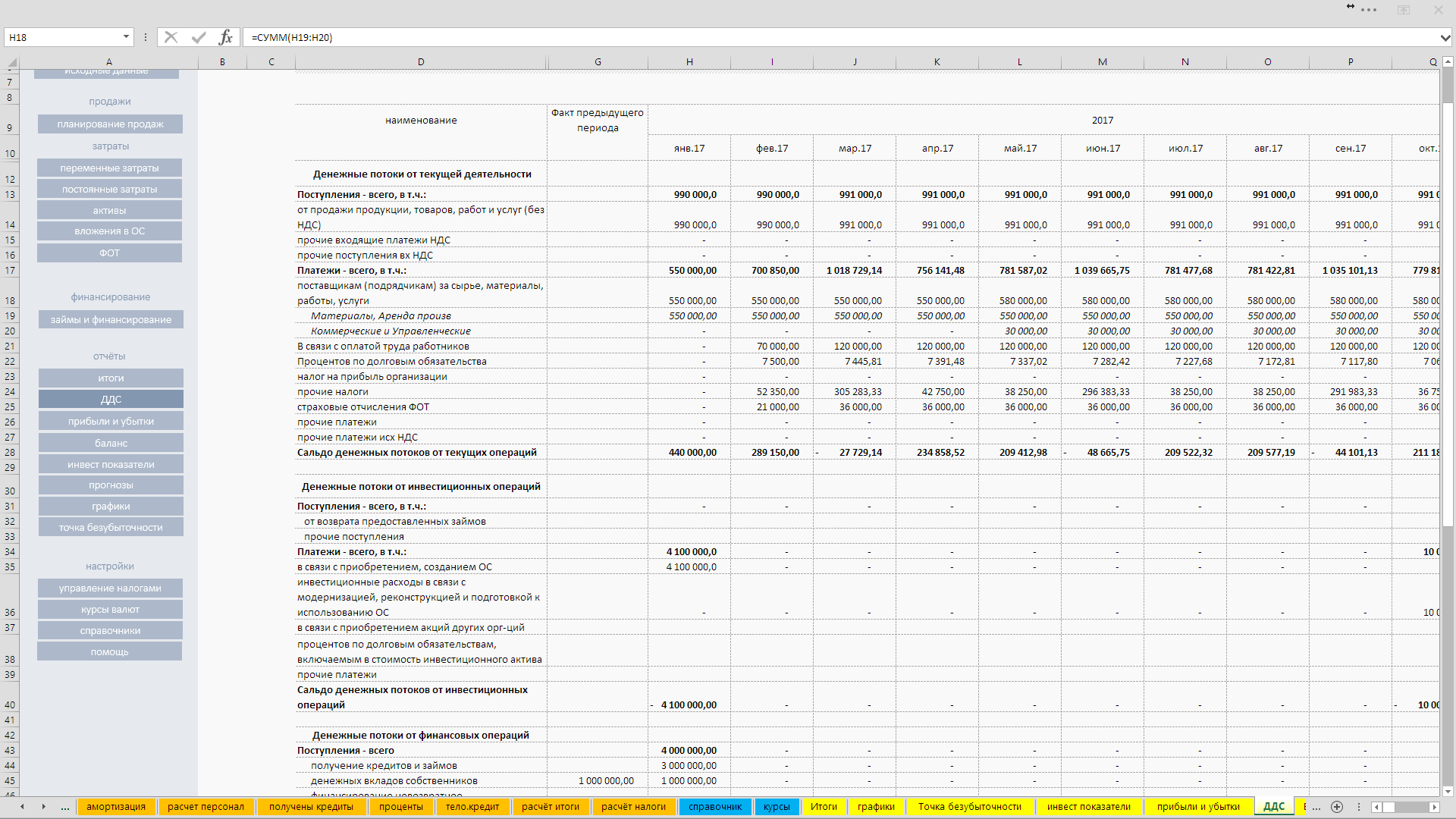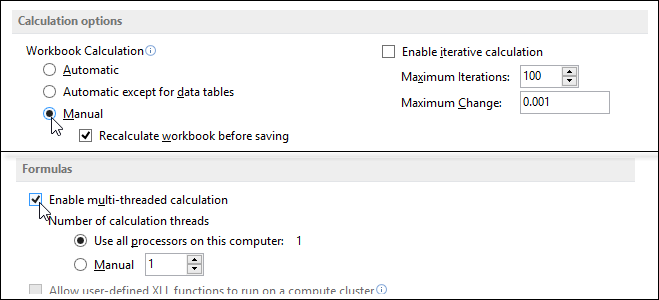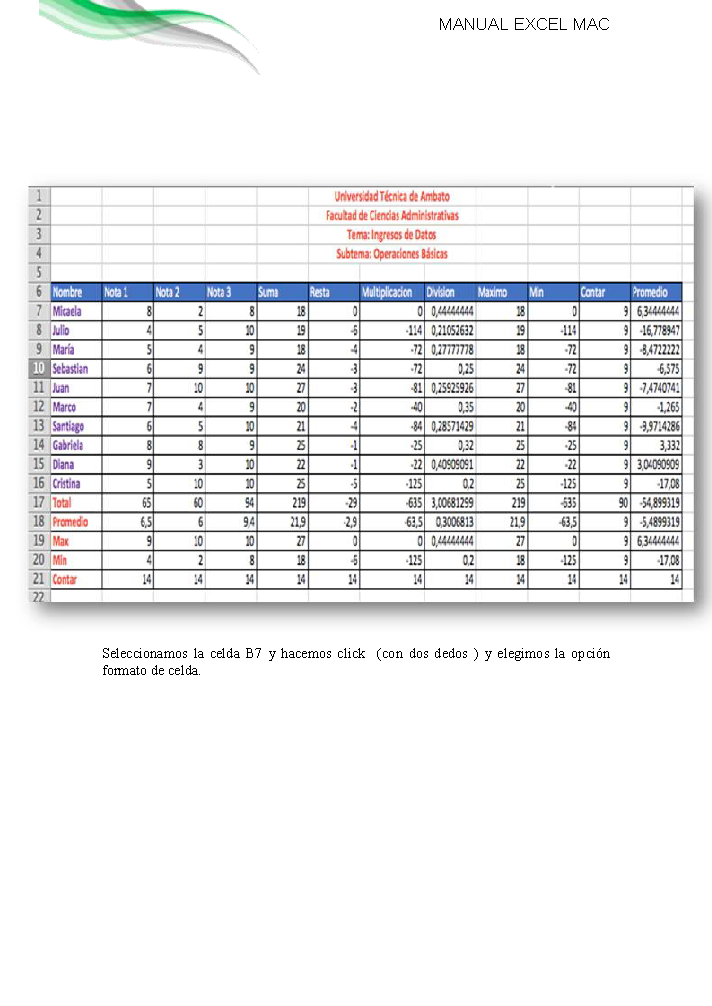Mac OS macOS High Sierra v10.13 macOS Sierra v10.12 OS X El Capitan v10.11 Word Microsoft ® Word 2016 for Mac Microsoft ® Word for Mac 2011 Excel Microsoft® Excel® 2016 for Mac Microsoft®Excel® for Mac 2011 PowerPoint Microsoft® PowerPoint ® 2016 for Mac Microsoft®PowerPoint ® for Mac 2011 Outlook Microsoft ® Outlook® 2016 for Mac. Microsoft's annual giveaway of ebooks is on again. Thousands of free downloads, including Office related ebooks. The full list is on the Microsoft blog. We've copied the Microsoft Office related titles into a easily searchable list below. Excel is a spreadsheet application that was developed by Microsoft in the Year 1987. It is officially supported by almost all of the operating systems like Windows, Macintosh, Android, etc. It comes pre-installed with the Windows OS and can be easily integrated with other OS platforms. Microsoft Excel is the best and the most accessible tool.
macOS Catalina introduces Voice Control, a new way to fully control your Mac entirely with your voice. Voice Control uses the Siri speech-recognition engine to improve on the Enhanced Dictation feature available in earlier versions of macOS.1
How to turn on Voice Control
After upgrading to macOS Catalina, follow these steps to turn on Voice Control:
- Choose Apple menu > System Preferences, then click Accessibility.
- Click Voice Control in the sidebar.
- Select Enable Voice Control. When you turn on Voice Control for the first time, your Mac completes a one-time download from Apple.2
Voice Control preferences
When Voice Control is enabled, you see an onscreen microphone representing the mic selected in Voice Control preferences.
- Learn how to plan, deploy, and manage Microsoft 365 Apps in your enterprise environment. Find guidance about how to deploy Microsoft 365 Apps from the cloud, from a local source, and with Microsoft Endpoint Configuration Manager. Learn about the different update channels available for Microsoft 365.
- Microsoft onenote 2016 free free download - Microsoft OneNote, OneNote, Microsoft Office OneNote, and many more programs.
To pause Voice Control and stop it from from listening, say 'Go to sleep' or click Sleep. To resume Voice Control, say or click 'Wake up.'

How to use Voice Control
Get to know Voice Control by reviewing the list of voice commands available to you: Say 'Show commands' or 'Show me what I can say.' The list varies based on context, and you may discover variations not listed. To make it easier to know whether Voice Control heard your phrase as a command, you can select 'Play sound when command is recognized' in Voice Control preferences.
Basic navigation
Voice Control recognizes the names of many apps, labels, controls, and other onscreen items, so you can navigate by combining those names with certain commands. Here are some examples:
- Open Pages: 'Open Pages.' Then create a new document: 'Click New Document.' Then choose one of the letter templates: 'Click Letter. Click Classic Letter.' Then save your document: 'Save document.'
- Start a new message in Mail: 'Click New Message.' Then address it: 'John Appleseed.'
- Turn on Dark Mode: 'Open System Preferences. Click General. Click Dark.' Then quit System Preferences: 'Quit System Preferences' or 'Close window.'
- Restart your Mac: 'Click Apple menu. Click Restart' (or use the number overlay and say 'Click 8').
You can also create your own voice commands.
Number overlays
Use number overlays to quickly interact with parts of the screen that Voice Control recognizes as clickable, such as menus, checkboxes, and buttons. To turn on number overlays, say 'Show numbers.' Then just say a number to click it.
Number overlays make it easy to interact with complex interfaces, such as web pages. For example, in your web browser you could say 'Search for Apple stores near me.' Then use the number overlay to choose one of the results: 'Show numbers. Click 64.' (If the name of the link is unique, you might also be able to click it without overlays by saying 'Click' and the name of the link.)
Voice Control automatically shows numbers in menus and wherever you need to distinguish between items that have the same name.
Grid overlays
Use grid overlays to interact with parts of the screen that don't have a control, or that Voice Control doesn't recognize as clickable.

Say 'Show grid' to show a numbered grid on your screen, or 'Show window grid' to limit the grid to the active window. Say a grid number to subdivide that area of the grid, and repeat as needed to continue refining your selection.
Manual Excel Macros
To click the item behind a grid number, say 'Click' and the number. Or say 'Zoom' and the number to zoom in on that area of the grid, then automatically hide the grid. You can also use grid numbers to drag a selected item from one area of the grid to another: 'Drag 3 to 14.'
To hide grid numbers, say 'Hide numbers.' To hide both numbers and grid, say 'Hide grid.'
Dictation
When the cursor is in a document, email message, text message, or other text field, you can dictate continuously. Dictation converts your spoken words into text.
- To enter a punctuation mark, symbol, or emoji, just speak its name, such as 'question mark' or 'percent sign' or 'happy emoji.' These may vary by language or dialect.
- To move around and select text, you can use commands like 'Move up two sentences' or 'Move forward one paragraph' or 'Select previous word' or 'Select next paragraph.'
- To format text, try 'Bold that' or 'Capitalize that,' for example. Say 'numeral' to format your next phrase as a number.
- To delete text, you can choose from many delete commands. For example, say 'delete that' and Voice Control knows to delete what you just typed. Or say 'Delete all' to delete everything and start over.
Voice Control understands contextual cues, so you can seamlessly transition between text dictation and commands. For example, to dictate and then send a birthday greeting in Messages, you could say 'Happy Birthday. Click Send.' Or to replace a phrase, say 'Replace I'm almost there with I just arrived.'
You can also create your own vocabulary for use with dictation.
Create your own voice commands and vocabulary
Create your own voice commands
- Open Voice Control preferences, such as by saying 'Open Voice Control preferences.'
- Click Commands or say 'Click Commands.' The complete list of all commands opens.
- To add a new command, click the add button (+) or say 'Click add.' Then configure these options to define the command:
- When I say: Enter the word or phrase that you want to be able to speak to perform the action.
- While using: Choose whether your Mac performs the action only when you're using a particular app.
- Perform: Choose the action to perform. You can open a Finder item, open a URL, paste text, paste data from the clipboard, press a keyboard shortcut, select a menu item, or run an Automator workflow.
- Use the checkboxes to turn commands on or off. You can also select a command to find out whether other phrases work with that command. For example, 'Undo that' works with several phrases, including 'Undo this' and 'Scratch that.'
To quickly add a new command, you can say 'Make this speakable.' Voice Control will help you configure the new command based on the context. For example, if you speak this command while a menu item is selected, Voice Control helps you make a command for choosing that menu item.
Create your own dictation vocabulary
- Open Voice Control preferences, such as by saying 'Open Voice Control preferences.'
- Click Vocabulary, or say 'Click Vocabulary.'
- Click the add button (+) or say 'Click add.'
- Type a new word or phrase as you want it to be entered when spoken.
Learn more
- For the best performance when using Voice Control with a Mac notebook computer and an external display, keep your notebook lid open or use an external microphone.
- All audio processing for Voice Control happens on your device, so your personal data is always kept private.
- Use Voice Control on your iPhone or iPod touch.
- Learn more about accessibility features in Apple products.
1. Voice Control uses the Siri speech-recognition engine for U.S. English only. Other languages and dialects use the speech-recognition engine previously available with Enhanced Dictation.
2. If you're on a business or school network that uses a proxy server, Voice Control might not be able to download. Have your network administrator refer to the network ports used by Apple software products.
- MS Excel Basics

- Editing Worksheet
- Formatting Cells
- Formatting Worksheets
Manual Excel Mac
- Working with Formula
Manual Excel Macros Pdf

How to use Voice Control
Get to know Voice Control by reviewing the list of voice commands available to you: Say 'Show commands' or 'Show me what I can say.' The list varies based on context, and you may discover variations not listed. To make it easier to know whether Voice Control heard your phrase as a command, you can select 'Play sound when command is recognized' in Voice Control preferences.
Basic navigation
Voice Control recognizes the names of many apps, labels, controls, and other onscreen items, so you can navigate by combining those names with certain commands. Here are some examples:
- Open Pages: 'Open Pages.' Then create a new document: 'Click New Document.' Then choose one of the letter templates: 'Click Letter. Click Classic Letter.' Then save your document: 'Save document.'
- Start a new message in Mail: 'Click New Message.' Then address it: 'John Appleseed.'
- Turn on Dark Mode: 'Open System Preferences. Click General. Click Dark.' Then quit System Preferences: 'Quit System Preferences' or 'Close window.'
- Restart your Mac: 'Click Apple menu. Click Restart' (or use the number overlay and say 'Click 8').
You can also create your own voice commands.
Number overlays
Use number overlays to quickly interact with parts of the screen that Voice Control recognizes as clickable, such as menus, checkboxes, and buttons. To turn on number overlays, say 'Show numbers.' Then just say a number to click it.
Number overlays make it easy to interact with complex interfaces, such as web pages. For example, in your web browser you could say 'Search for Apple stores near me.' Then use the number overlay to choose one of the results: 'Show numbers. Click 64.' (If the name of the link is unique, you might also be able to click it without overlays by saying 'Click' and the name of the link.)
Voice Control automatically shows numbers in menus and wherever you need to distinguish between items that have the same name.
Grid overlays
Use grid overlays to interact with parts of the screen that don't have a control, or that Voice Control doesn't recognize as clickable.
Say 'Show grid' to show a numbered grid on your screen, or 'Show window grid' to limit the grid to the active window. Say a grid number to subdivide that area of the grid, and repeat as needed to continue refining your selection.
Manual Excel Macros
To click the item behind a grid number, say 'Click' and the number. Or say 'Zoom' and the number to zoom in on that area of the grid, then automatically hide the grid. You can also use grid numbers to drag a selected item from one area of the grid to another: 'Drag 3 to 14.'
To hide grid numbers, say 'Hide numbers.' To hide both numbers and grid, say 'Hide grid.'
Dictation
When the cursor is in a document, email message, text message, or other text field, you can dictate continuously. Dictation converts your spoken words into text.
- To enter a punctuation mark, symbol, or emoji, just speak its name, such as 'question mark' or 'percent sign' or 'happy emoji.' These may vary by language or dialect.
- To move around and select text, you can use commands like 'Move up two sentences' or 'Move forward one paragraph' or 'Select previous word' or 'Select next paragraph.'
- To format text, try 'Bold that' or 'Capitalize that,' for example. Say 'numeral' to format your next phrase as a number.
- To delete text, you can choose from many delete commands. For example, say 'delete that' and Voice Control knows to delete what you just typed. Or say 'Delete all' to delete everything and start over.
Voice Control understands contextual cues, so you can seamlessly transition between text dictation and commands. For example, to dictate and then send a birthday greeting in Messages, you could say 'Happy Birthday. Click Send.' Or to replace a phrase, say 'Replace I'm almost there with I just arrived.'
You can also create your own vocabulary for use with dictation.
Create your own voice commands and vocabulary
Create your own voice commands
- Open Voice Control preferences, such as by saying 'Open Voice Control preferences.'
- Click Commands or say 'Click Commands.' The complete list of all commands opens.
- To add a new command, click the add button (+) or say 'Click add.' Then configure these options to define the command:
- When I say: Enter the word or phrase that you want to be able to speak to perform the action.
- While using: Choose whether your Mac performs the action only when you're using a particular app.
- Perform: Choose the action to perform. You can open a Finder item, open a URL, paste text, paste data from the clipboard, press a keyboard shortcut, select a menu item, or run an Automator workflow.
- Use the checkboxes to turn commands on or off. You can also select a command to find out whether other phrases work with that command. For example, 'Undo that' works with several phrases, including 'Undo this' and 'Scratch that.'
To quickly add a new command, you can say 'Make this speakable.' Voice Control will help you configure the new command based on the context. For example, if you speak this command while a menu item is selected, Voice Control helps you make a command for choosing that menu item.
Create your own dictation vocabulary
- Open Voice Control preferences, such as by saying 'Open Voice Control preferences.'
- Click Vocabulary, or say 'Click Vocabulary.'
- Click the add button (+) or say 'Click add.'
- Type a new word or phrase as you want it to be entered when spoken.
Learn more
- For the best performance when using Voice Control with a Mac notebook computer and an external display, keep your notebook lid open or use an external microphone.
- All audio processing for Voice Control happens on your device, so your personal data is always kept private.
- Use Voice Control on your iPhone or iPod touch.
- Learn more about accessibility features in Apple products.
1. Voice Control uses the Siri speech-recognition engine for U.S. English only. Other languages and dialects use the speech-recognition engine previously available with Enhanced Dictation.
2. If you're on a business or school network that uses a proxy server, Voice Control might not be able to download. Have your network administrator refer to the network ports used by Apple software products.
- MS Excel Basics
- Editing Worksheet
- Formatting Cells
- Formatting Worksheets
Manual Excel Mac
- Working with Formula
Manual Excel Macros Pdf
- Advanced Operations
- MS Excel Resources
- Selected Reading
Microsoft Excel is a commercial spreadsheet application, written and distributed by Microsoft for Microsoft Windows and Mac OS X. At the time of writing this tutorial the Microsoft excel version was 2010 for Microsoft Windows and 2011 for Mac OS X.
Microsoft Excel is a spreadsheet tool capable of performing calculations, analyzing data and integrating information from different programs.
By default, documents saved in Excel 2010 are saved with the .xlsx extension whereas the file extension of the prior Excel versions are .xls.
This tutorial has been designed for computer users who would like to learn Microsoft Excel in easy and simple steps. It will be highly useful for those learners who do not have prior exposure to Microsoft applications.
Before proceeding with this tutorial, you should have a basic understanding of Computer peripherals like mouse, keyboard, monitor, screen etc. and their basic operations. You should also have the basic skills of file management and folder navigations.
